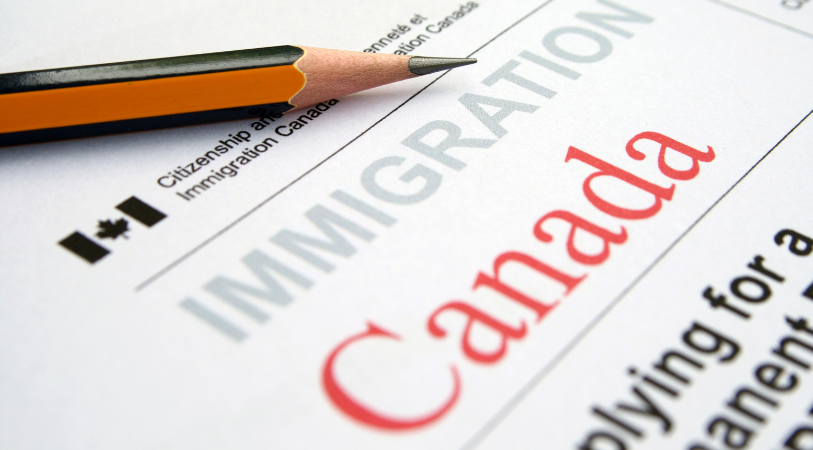Obtaining permanent residency (PR) in Canada is a dream for many individuals worldwide. Canada offers a high standard of living, excellent healthcare, and diverse opportunities for personal and professional growth. In this comprehensive guide, we will take you through the step-by-step process of acquiring Canadian PR, from initial eligibility requirements to the final landing process. Whether you are a skilled worker, student, or entrepreneur, understanding the Canada PR process will help you navigate the application smoothly and increase your chances of a successful outcome.
Determining Eligibility
Before starting your Canada PR journey, it is crucial to assess your eligibility. The Canadian government provides several immigration programs, including the Express Entry system, Provincial Nominee Programs (PNPs), and family sponsorship. Each program has specific eligibility criteria based on factors such as age, education, work experience, language proficiency, and adaptability. Conducting a thorough self-assessment and researching the different immigration programs will help you determine which one suits you best.
Language Proficiency Tests
Language proficiency is a key requirement for Canada PR. Most immigration programs require applicants to demonstrate proficiency in English or French through recognized language tests such as IELTS or CELPIP for English and TEF or TCF for French. Achieving the minimum language score set by the program is essential to enhance your CRS (Comprehensive Ranking System) score in the Express Entry system, which determines your eligibility for an Invitation to Apply (ITA).
Educational Credential Assessment (ECA)
If you completed your education outside of Canada, you will need to obtain an Educational Credential Assessment (ECA). An ECA verifies that your educational credentials are equivalent to Canadian standards. Organizations authorized by Immigration, Refugees and Citizenship Canada (IRCC) assess your academic qualifications and provide the ECA report. This report is necessary for many immigration programs and adds points to your CRS score, increasing your chances of receiving an ITA.
Express Entry System
The Express Entry system is a points-based system used for managing applications under the Federal Skilled Worker Program (FSWP), the Federal Skilled Trades Program (FSTP), and the Canadian Experience Class (CEC). To apply through Express Entry, create an online profile outlining your skills, education, language proficiency, work experience, and other details. Your profile is assigned a CRS score based on these factors. Candidates with the highest scores are invited to apply for PR through regular draws. If you receive an ITA, you have 60 days to submit a complete application.
Provincial Nominee Programs
Provincial Nominee Programs (PNPs) are immigration programs administered by individual Canadian provinces and territories. These programs target specific labor market needs and provide an alternative pathway to Canadian PR. Each province has its own eligibility criteria and application process. If you meet the requirements of a particular province, you can apply for a provincial nomination. Obtaining a nomination increases your CRS score significantly, making you eligible for an ITA.
Documentation and Application Submission
Once you receive an ITA, you must gather the required documents, including proof of identity, education credentials, language test results, work experience letters, police certificates, medical exams, and more. Paying attention to document accuracy and completeness is crucial to avoid delays or rejection. Submit your application through the online portal and pay the applicable fees. It is advisable to seek assistance from an immigration consultant or lawyer to ensure your application is error-free.
Application Processing and Permanent Residency
After submitting your application, it enters the processing stage. Immigration officers review your application, conduct background checks, and assess your admissibility. The processing time can vary depending on the program and the volume of applications. Once your application is approved, you will receive a Confirmation of Permanent Residence (COPR) and a permanent resident visa (if applicable). You must then complete the landing process by traveling to Canada before the COPR expires, where you will officially become a Canadian permanent resident.


Leave a Reply